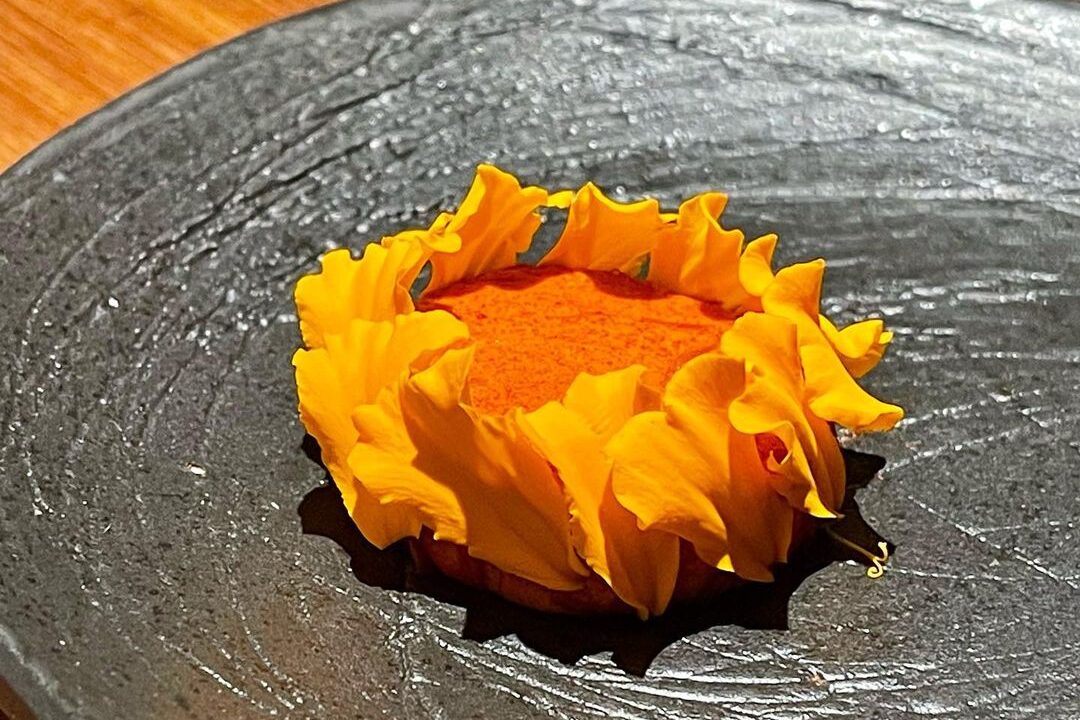
Cachirra and anchovies – does it mean the same?
Cachirra and anchovies are both types of dried fish that are used in various cuisines around the world. While they share some similarities in their production and use, there are also some notable differences between these two ingredients.

How are they made?
The process of making cachirra is related to a natural phenomenon that occurs in the summer in the waters of Shrimp Mouth – Guajira in Colombia. When the waters in this area become warm and oxygen-poor, various species die, including fish, seaweed and other. These salty fish, killed by this phenomenon and dried by the sun, received the name cachirra. While the process of creating a cachirra may seem simple, it is actually the result of complex ecological and environmental factors.
The highest quality anchovies are made from anchovies, which are processed immediately after being caught. They have their heads cut off and their entrails removed and then thoroughly cleaned. Then they are placed in large barrels in layers, interleaved with salt. In this way, the entire vessel is filled.
The anchovies in the barrel are pressed down to absorb the salt as best as possible and preserve them. Thus, the fish must mature from 3 to 9 months.
What exactly are they?
Cachirra is a type of dried fish that is commonly used in Latin American cuisine. This product is made by drying fish in the sun. This process takes several days until the fish is firm and crispy. Cachirra will give the dish a salty and spicy taste. It adds depth and complexity to dishes.
On the other continent, anchovies are small marine fish that are usually found in the Mediterranean Sea. They are also dried and used as a spice in a variety of cuisines, including Italian, Spanish, and Greek. Anchovies are known for their strong, salty flavor. They are rich in omega-3 fatty acids, essential for heart health, and are also a good source of protein, vitamin B12, calcium, iron and magnesium.

Differences between them
Although both cachirra and anchovies are used as a condiment, they have some differences in taste and use. Cachirra gives dishes a different flavor – salty and spicy, unlike anchovies. It is usually added to soups, stews or rice dishes.
Anchovies, on the other hand, are commonly used to add depth and complexity to dishes such as pasta, pizza, and salads. Although both ingredients are used as a condiment, cachirra is usually used in larger quantities to provide a more pronounced flavor, while anchovies are often used sparingly due to their strong nature.
Another difference between cachirra and anchovies is their nutritional content. While both are high in protein and essential nutrients like vitamin B12, anchovies are also a good source of omega-3 fatty acids, which are important for heart health. Cachirra, on the other hand, does not contain significant amounts of omega-3 fatty acids and may contain more sodium due to the salt used in its production.
Availability in the store and availability of information
In terms of availability, anchovies are more widely available in supermarkets and specialty stores around the world. Cachirra can be harder to find outside of Latin American markets or specialty stores that cater to Latin American cuisine.
When it comes to the availability of information about these products, getting information about anchovies is unimaginably easy. However, it is much more difficult to find out about carricha. Finding information about cachirra was extremely difficult. If you know this product, we’d love to know more about it! Latin America has a lot to offer and to show. By writing this article, we hope to discover and present even more products from these countries.
Cachirra and anchovies are two types of dried fish that are used as a spice in various cuisines around the world. While they share some similarities, such as their use as seasonings and high protein content, they also have noticeable differences in taste, nutritional value, and availability. Whether you prefer the salty and spicy flavor of cachirra or the strong, salty flavor of anchovies, both add depth and complexity to many dishes and are worth discovering in your own kitchen.









Post a comment